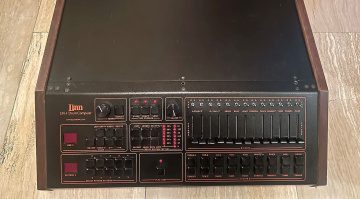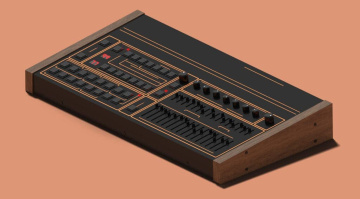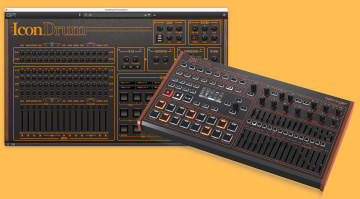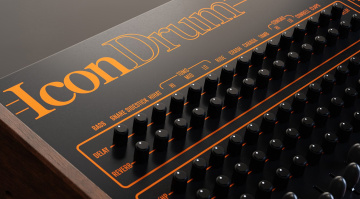The Linn LM-1 Legacy Refuses to Die! – Synth Journal
In this week’s Synth Journal, we look at the continuing legacy of Roger Linn’s drum machines and check out Satie on an ARP 2500 clone!
Synth Journal
Deftaudio Luma µ (Luma-mu) – Linn Channel for Eurorack
Not content with taking Roger Linn’s ground-breaking LM-1 drum machine and bringing it kicking and screaming into the 21st century, complete with Roger’s approval, no less, the brains behind it, namely Joe Britt and Andrei Kudryavtsev, have taken the concept into the murky world of Eurorack!
Taking an exact replica of an Linn LM-1/Luma-1 playback circuit, the Luma µ (pronounced Luma-mu) is a monophonic unit, but its 1MB ROM chip can hold 8 sounds, which can be switched in real time. You can also change the sounds in each module by replacing the ROM chip in the ZIF socket.
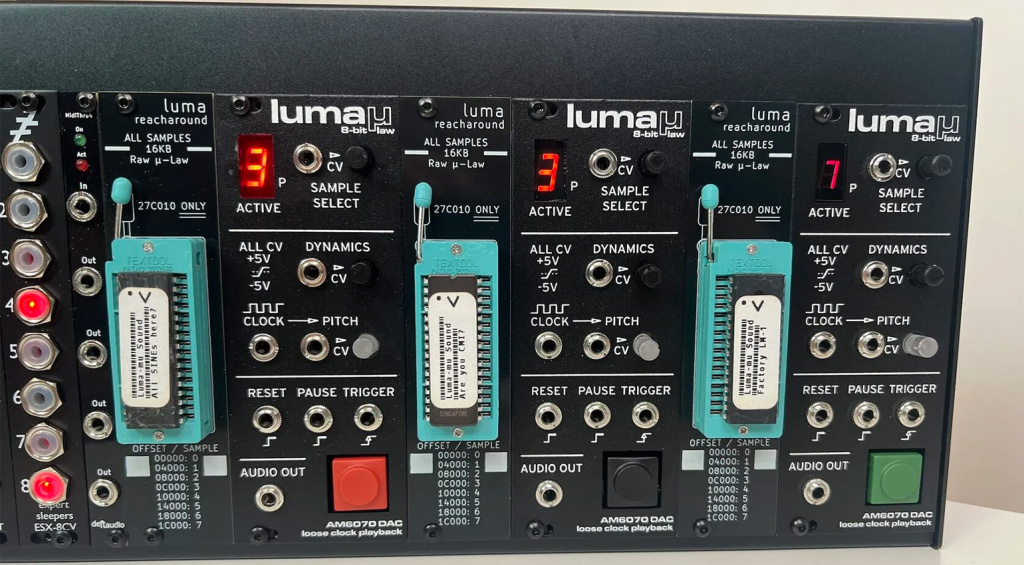
Better still, you can create your own ROMs using the Luma Tools web-based editor! Don’t have the ability to create your own ROMs? No problem! Deftaudio offer a Sound Rom Service where for just $19 plus shipping, they can create a ROM chip just for you, using the sounds you send them.
The Luma-1 Drum Computer itself was a work of real genius and maintains Roger Linn’s legacy for many years to come. But to now take inspiration from that and bring that sound to the world of Eurorack is incredibly clever, and I’m sure it will be a success.
The Luma µ is available to buy today for immediate shipping and costs US$279 plus shipping.
Levine’s Machines Drum Machine – Steve Levine’s Linn LM-1 Sound
Steve Levine is one of the U.K.’s greatest pop producers. He cemented his place in the pantheon of greats during the 1980s, producing the likes of Culture Club, David Grant, The Clash, XTC, Gary Moore and countless others.
And like those giants of the era, one of his go-to tools was the venerable Linn LM-1. And now, courtesy of Iconic Instruments, you can have Steve’s sound in your computer. “But…”, I hear you cry… “There are already plenty of LM-1 plugins or hardware recreations these days. Why would I want this?” And that, dear reader, is a very valid question.
Let me answer it for you. Unlike the competition, Iconic Instruments has not only captured the raw sound of the LM-1, but they’ve also recreated and modelled a bunch of Steve’s favourite outboard processing gear so you can get to that perfect sound very quickly.
Not only that, but they’ve added a full-size sequencer, chromatic of GM mapping, detailed shuffle settings, an easy-to-use mixer and much more. In short, you can load up the Levine’s Machines Drum Machine and get that polished drum track down with minimal fuss.
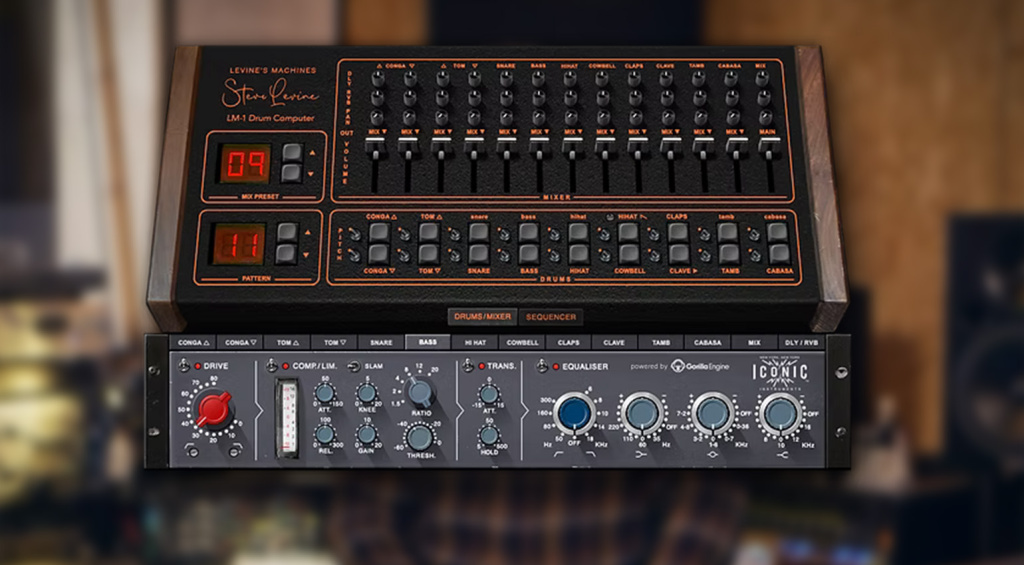
This is supposed to be the first in a series of Levine’s Machines, and given that his sound helped define a decade and beyond, I’m very much looking forward to seeing what is next! Levine’s Machines Drum Machine costs £/$/€99 but is currently just £/$/€79 as an introductory price and is available to buy here.
Erik Satie’s Gymnopédie on Classic Analog Gear
Erik Satie, much like Claude Debussy, seems to be a favourite composer for electronic musicians. Why that is might be better left for a discussion elsewhere. Gary Numan famously did a version of Trois Gymnopedies (First Movement) as a B-side to his single ‘We Are Glass’, which is rather lovely.

Last week, a YouTube channel called ‘batchas‘ uploaded another wonderful rendition of this piece using a wealth of amazing analog gear, including a delightful MOS-LAB 2500, muSonics Minimoog, JUNO-60, Waldorf Q, Oberheim Matrix 1000 and a Mellotron plugin, recorded in a single take.
The resulting piece is a very lovely thing indeed and is well worth a listen. It goes to show that a great piece of music is a great piece of music, no matter the instruments that are used to play it. Sit back and enjoy…
Check out his Blade Runner cover too!
Droid Resonator
Browser-based applications have become numerous and many in recent years, and synthesizers have not been immune to this trend. I can’t see the point, personally, but I suppose they can be fun for young people or those dabbling their toe in the water for the first time.
There’s a new kid on the block in the form of Droid Resonator, a browser-based synth with 3 VCOs, six voice polyphony, two envelope generators, low pass filter, real-time oscilloscopes and MIDI keyboard support with chord recognition.

It’s built with HTML, JavaScript and CSS using Tone.js and has a simple, if somewhat dark, interface. There’s also a drum machine with 10 drum sounds and basic sound shaping controls, and an easy-to-use 16-step sequencer. Users can swith between the tabs with the drum machine continuing to play.
It’s completely free but does require you to create a username and password to store your presets. No email is required. All in all, it’s good fun for a few minutes and your mileage may vary regarding how much you use it in your work.
That’s All Folks!
That’s all from me this week. Adam will be back next week with another round-up of all the cool things in the world of synths!

 4,5 / 5,0 |
4,5 / 5,0 | 



